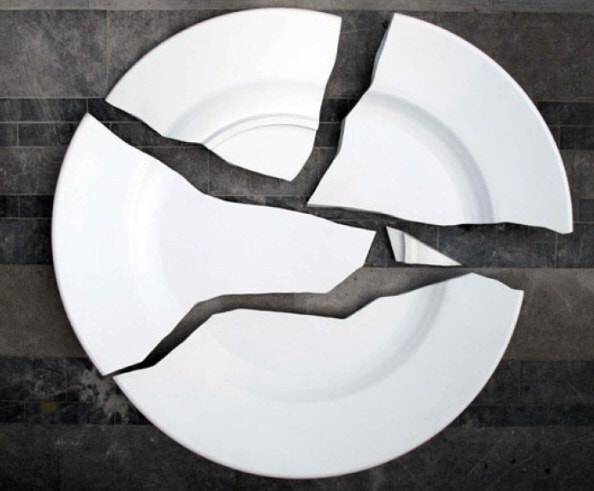“I cut the plate?”
“What did you do?”
“I cut the plate.”
This is how you would understand the action if you literally translated «Ես պնակը կտրեցի» (Yes bunaguh gudretsee) from Armenian. So, what did your interlocutor do? Did he take a saw and cut the plate into halves? Answer:
“No, the plate fell on the floor.”
Now it becomes clear. This person did not cut the plate. He/she broke it!
The fault lies with the speaker, not with the language. The same as in English, there are two different words for “to cut” and “to break” in Armenian. If you get your facts straight, nobody will get confused:
a) “To cut” = կտրել (gudrel): «Ես պանիրը կտրեցի» (Yes baniruh gudretsee / “I cut the cheese”).
b) “To break” = կոտրել (godrel): «Ես պնակը կոտրեցի (Yes bunaguh godretsee / “I broke the plate”).
Both verbs are, of course, related. Their root is the word կոտոր (godor), later turned into կտոր (gudor), which means “piece.”
Interestingly, godor is not used as a single word anymore, but it has been kept in the noun կոտորած (godoradz “massacre”) and the verb կոտորել (godorel “to massacre”). The latter originally meant “to cut into pieces,” and its synonym ջարդել (chartel “to massacre”) has kept that meaning too.

